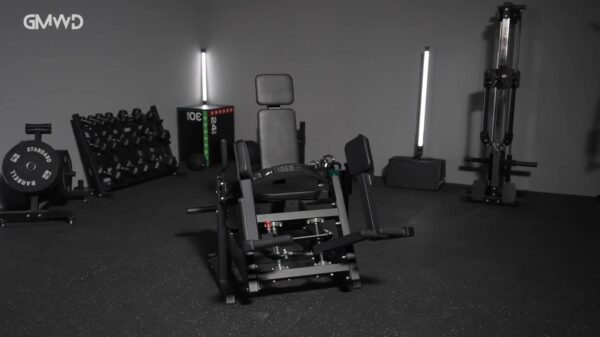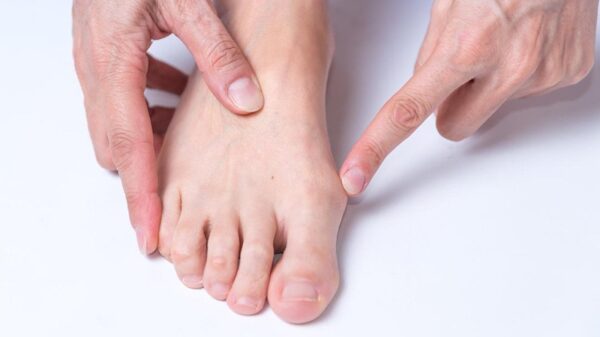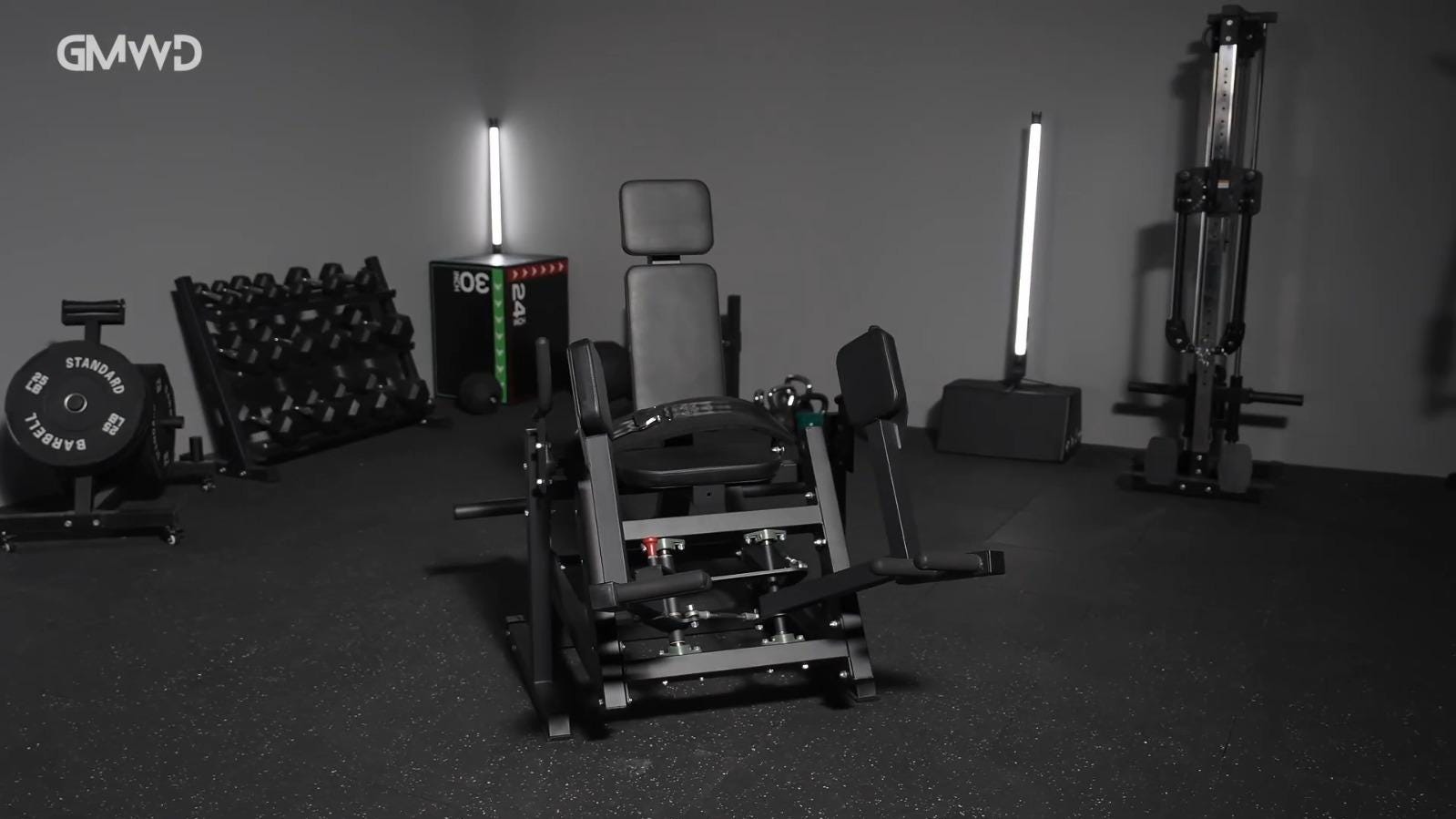Strengthening the inner thigh muscles is critical for overall leg health and stability. Hip adductor exercises not only enhance muscle tone but also play a vital role in preventing injuries. This article highlights effective exercises to target the hip adductor muscles, focusing on bodyweight movements, resistance band routines, and machine-based workouts.
Importance of Hip Adductor Exercises
Hip adductor muscles, located on the inside of the thighs, are essential for maintaining balance and stability during various physical activities. They assist in movements such as walking, running, and climbing stairs. Strengthening these muscles can lead to improved performance in sports and daily activities, while also reducing the risk of injuries.
Effective Bodyweight Adductor Exercises
Bodyweight exercises are an excellent way to build strength and coordination in the inner thighs. They can be performed anywhere, making them accessible for beginners focused on developing foundational strength.
One effective exercise is the **side-lying leg lift**. To perform this, lie on your side with your lower leg straight and your upper leg bent at the knee. Slowly lift the lower leg in a controlled manner, ensuring the movement is deliberate to fully engage the adductor muscles.
Another beneficial exercise is the **wide stance squat**, commonly known as a sumo squat. To execute this, stand with your feet wider than shoulder-width apart and squat down, keeping your back straight. This position effectively targets the inner thigh muscles while also engaging other leg muscles.
**Lateral lunges** are also highly effective in targeting both adductor and abductor muscles. To perform a lateral lunge, step to the side with one leg while bending the knee of that leg, ensuring the other leg remains straight. This exercise enhances leg strength and stability, contributing to overall balance and coordination.
Resistance Band Exercises for Hip Adductors
Incorporating resistance bands into your workout routine can significantly enhance hip adductor strength. Bands offer versatile training options, allowing exercises to be performed at various angles and intensities.
**Standing banded adduction** is a prime example. To perform this exercise, stand with a resistance band anchored at one ankle. Move the opposite leg toward the midline of your body against the resistance. This action isolates the adductor muscles, promoting inner thigh strength and improved hip stability.
For beginners, **seated banded adduction** provides a safe and effective way to build strength. Sit with a resistance band around your thighs and push your knees outward against the band. This exercise effectively targets the inner thigh muscles and is suitable for individuals new to strength training.
Utilizing Equipment for Enhanced Workouts
For those looking to intensify their training, machines specifically designed for hip adduction can be beneficial. The **adductor machine** effectively isolates and strengthens the inner thigh muscles. Users sit on the machine with their legs against padded levers, adjusting settings to accommodate their body mechanics for a comfortable range of motion.
**Cable machines** offer another effective option for targeting hip adductor muscles. Utilizing constant tension and adjustable resistance, cable hip adduction exercises allow for effective engagement of the adductors throughout the full range of motion.
To perform this exercise, attach an ankle strap to the cable machine, adjust the weight, and pull your leg toward your body’s midline while standing or seated. This method provides a controlled environment for developing strength and stability in the inner thighs.
In summary, integrating hip adductor exercises into your fitness routine—whether through bodyweight movements, resistance bands, or specialized equipment—can significantly enhance inner thigh strength. Such training not only improves muscle endurance but also protects against injuries, making it essential for both beginners and advanced athletes.
The information provided in this article is intended for educational purposes only. It is not a substitute for professional advice regarding health and fitness. Readers are encouraged to consult with qualified professionals to tailor exercise programs to their individual circumstances.

































































